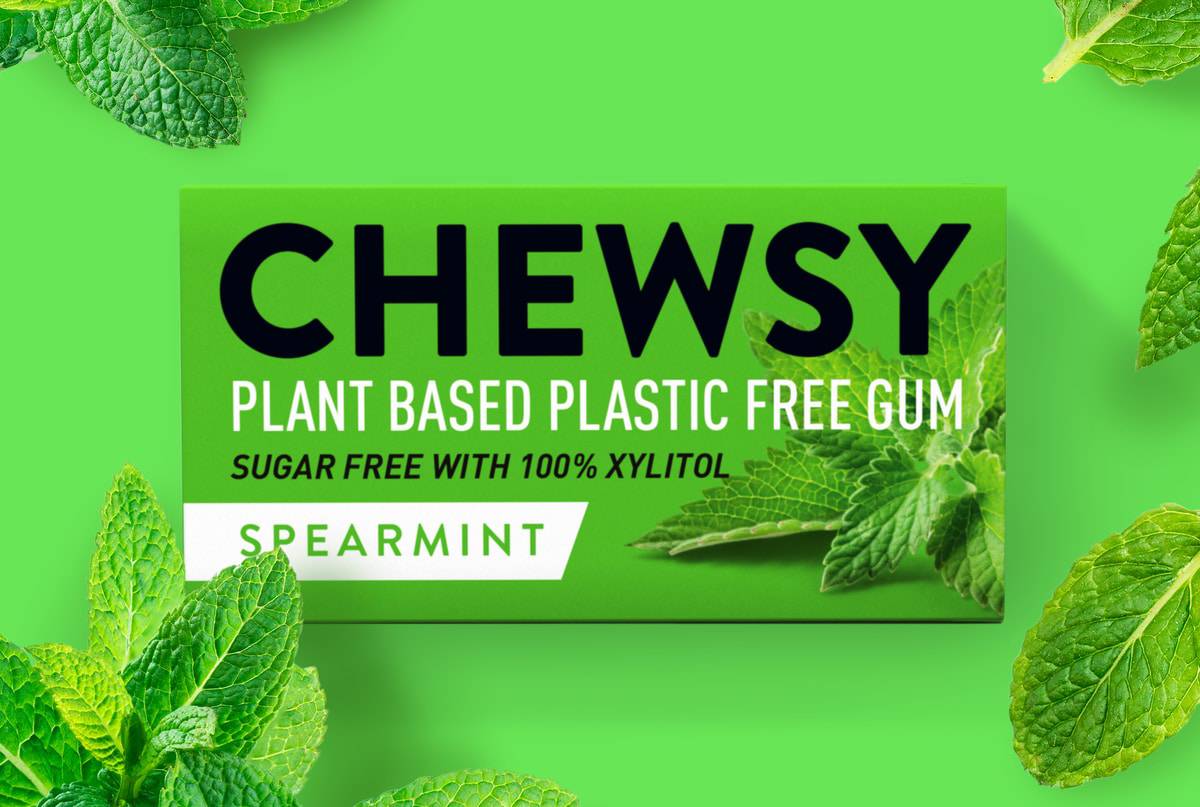
In fact, check out the US FDA’s complete list of possible ingredients that can be included in gum base: However, according to the article, government regulators were forced to back down due to industry pressure.īut is all chewing gum made from polyvinyl acetate? If the label lists “gum base” as an ingredient, it may contain “petroleum, lanolin, glycerin, polyethylene, polyvinyl acetate, petroleum wax, stearic acid, or latex,” according to the Vegetarian Resource Group. In fact, in 2008 the Canadian government was so concerned about vinyl acetate used in the production of chewing gum that they added it to a list of substances to be considered toxic. Polyvinyl acetate? What’s that? According to the article “ Behind the Label: Chewing Gum” published this week in The Ecologist, polyvinyl acetate (a type of plastic) is manufactured using vinyl acetate, a chemical shown to cause tumors in lab rats. But…Īfter World War II, chemists learned to make synthetic rubber, which came to replace most natural rubber in chewing gum (e.g., polyethylene and polyvinyl acetate). Gum is made from plastic.Īccording to, chewing gum was originally made from tree sap called chicle, a natural rubber, and sometimes various waxes. And I always felt guilty if it came in one of these:īut after reading some information that reader Eleanor Sommer forwarded me yesterday, I won’t be putting any of that stuff in my mouth anymore. Yeah, I knew it contained artificial flavors and wasn’t good for me.

Still, if someone offered me a piece of gum, I might have accepted the random chew here and there. So it was no hardship to let go of chewing gum when I gave up products in plastic packaging. I can keep a stick of gum in my mouth for about five minutes, just enough time to suck all the flavor out, before I’m tired of chewing and starting to get that chewing gum headache. Biomonitoring data can help scientists plan and conduct research on exposure and health effects.I’m not a big gum chewer. Physicians and public health officials use reference values to decide if people have been exposed to higher levels of these chemicals than are found in the general population. Levels that are not likely to cause harm are called reference values. Biomonitoring studies measure levels of chemicals, such as phthalate metabolites, that people have in their bodies.

Some exposure can occur from breathing phthalate particles in the air.

People are exposed to phthalates by eating and drinking foods that have contacted products containing phthalates. Some phthalates are in polyvinyl chloride plastics, which are used to make products such as plastic packaging, garden hoses, and medical tubing. Phthalates are in hundreds of products, such as vinyl flooring, lubricating oils, and personal-care products (soaps, shampoos, hair sprays). Some phthalates are used to help dissolve other materials. Phthalates are a group of chemicals used to make plastics more durable.


 0 kommentar(er)
0 kommentar(er)
